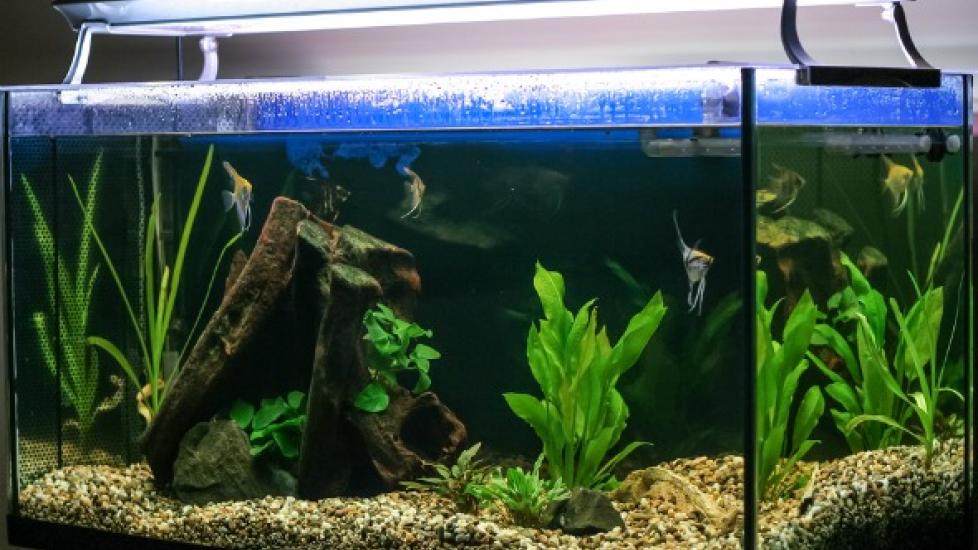How Fish React to Pathogens in Their Environment
Fish, Environment and Common Pathogens
Much like a human, a fish’s body is made up of a lot of water -- 80% of their body consists of the liquid in which they live. Like us, they also carry and co-exist with a number of potentially dangerous pathogens and parasites at all times, which are kept in check by their immune system and are not normally life-threatening.
Unlike humans, however, only a simple membrane separates fish from their surroundings. Consequently, they are uniquely influenced by changes in their environment. Even a small alteration can have a significant effect.
Virtually any change can cause a shift in the environment that is either favorable or detrimental to health. Among other factors, plants, objects, decorations, temperature, water supply, food or new fish all affect the water and its inhabitants.
For example, a fall in water temperature may reduce the reproduction rate of a common pathogen and thus boost the host fish’s health. Conversely, excess food rotting in the environment can encourage bacteria production which, in turn, creates ammonia as the bacteria break down the food -- ammonia which irritates fishes’ gills and can cause an outbreak of disease.
Introducing new fishes to an environment can also cause diseases to flourish, as the new-comers will not have developed immunity to existing pathogens. Equally, fishes already present may not be immune to new strains of pathogen that are present in the new arrivals. Thus, it is important to quarantine any new fish while building up a population -- especially if they are obtained from several different sources.
